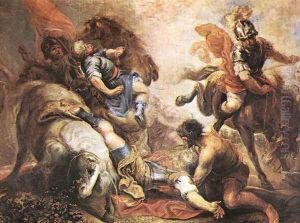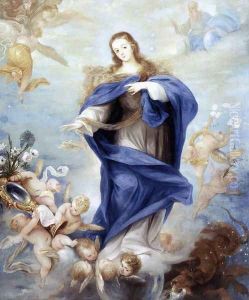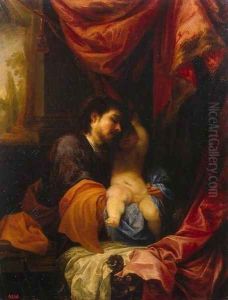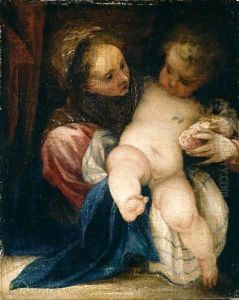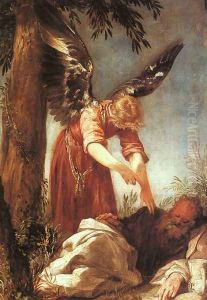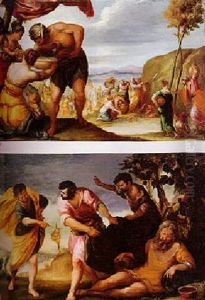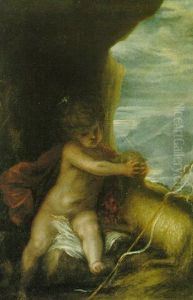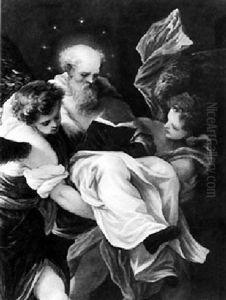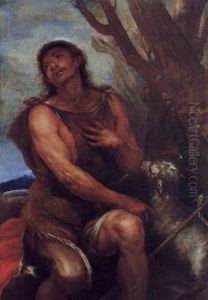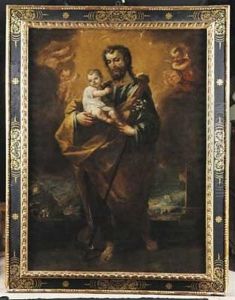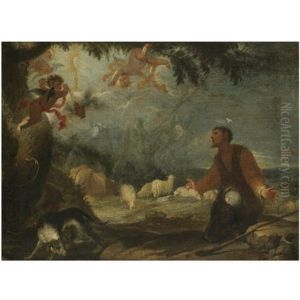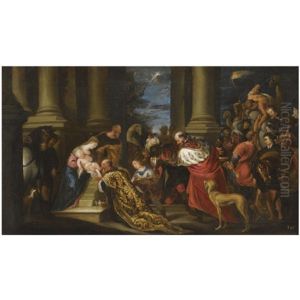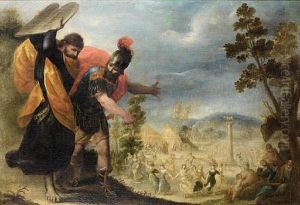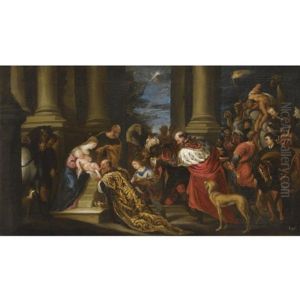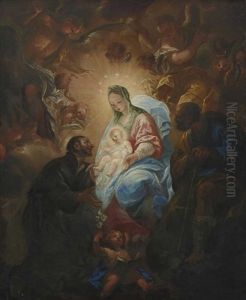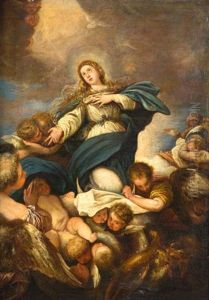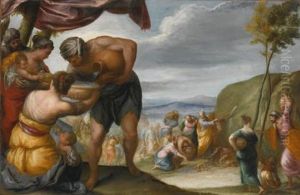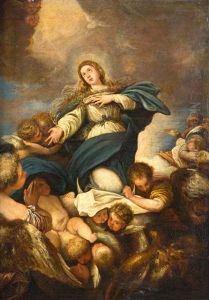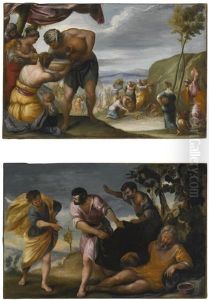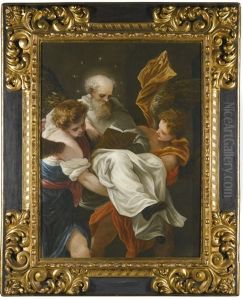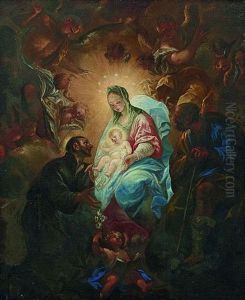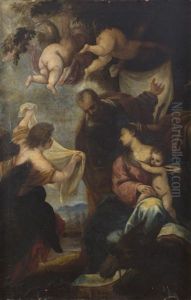Juan Antonio Frias y Escalante Paintings
Juan Antonio Frias y Escalante was a Spanish Baroque painter, born in Cordoba in 1633. His exact birth date is not well documented, but his presence in the art world became significant during the mid-17th century. He is recognized for his religious-themed paintings, which were deeply influenced by the dramatic and emotive style of Baroque art that was prevalent in Europe during that time.
Escalante's early life and training are not well-documented, but it is believed that he moved to Madrid in his youth, where he likely received his artistic training. His style suggests that he was significantly influenced by the works of Italian and Flemish masters, as well as by the Spanish painter Francisco de Zurbarán. Escalante's paintings are noted for their use of chiaroscuro—the strong contrasts of light and shadow—and for their realistic depiction of religious subjects.
During his career in Madrid, Escalante became known for his work on religious commissions, which were popular among the churches and religious institutions of the period. He painted altarpieces and other religious works for various churches, which helped in establishing his reputation. Despite his talent, Escalante did not achieve the same level of fame as some of his contemporaries, such as Diego Velázquez or Zurbarán, but his works were nonetheless appreciated for their devotional intensity and technical skill.
Juan Antonio Frias y Escalante's life was cut short when he died in Madrid in 1669, at the age of 36. His career was relatively brief, and as a result, his body of work is not as extensive as that of other artists from the same era. However, the quality of his paintings has ensured that he is remembered as an important contributor to the Spanish Baroque movement. Today, his works are held in various museums and collections, appreciated for their contribution to the rich tapestry of Spanish art history.
